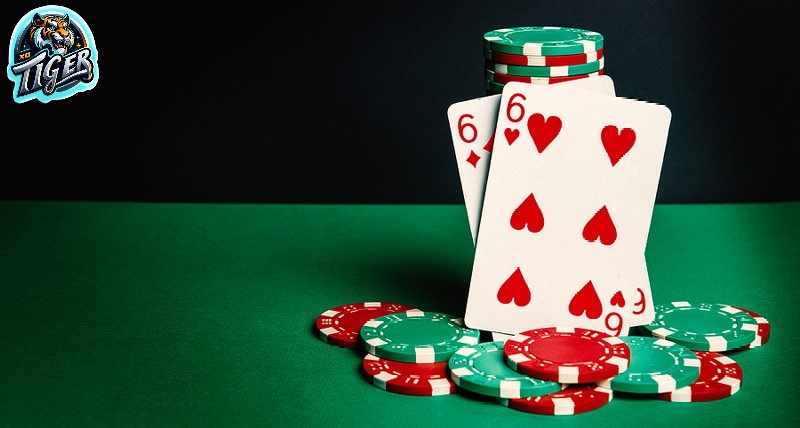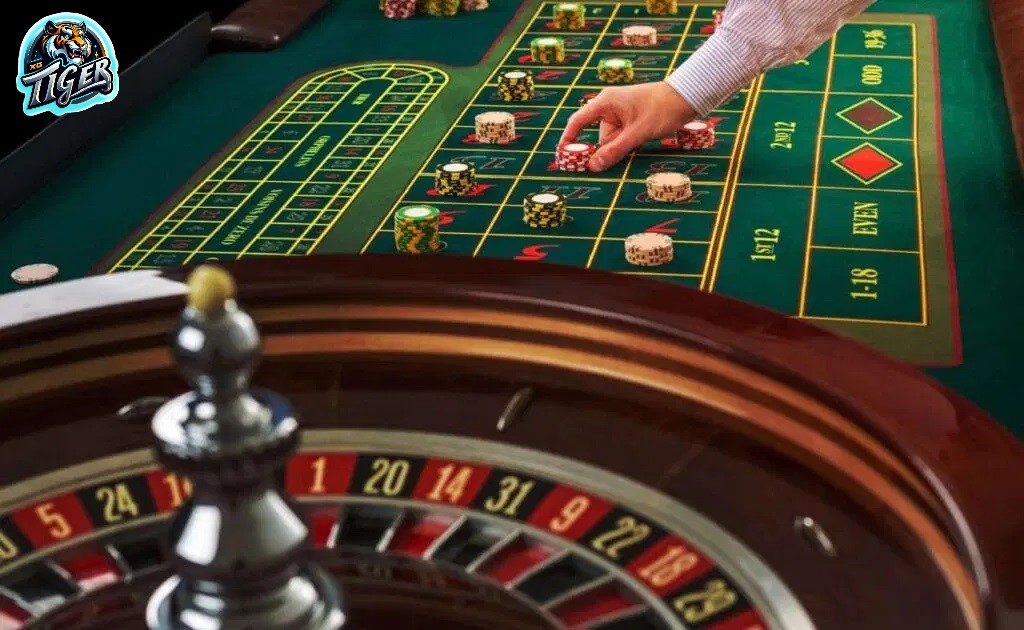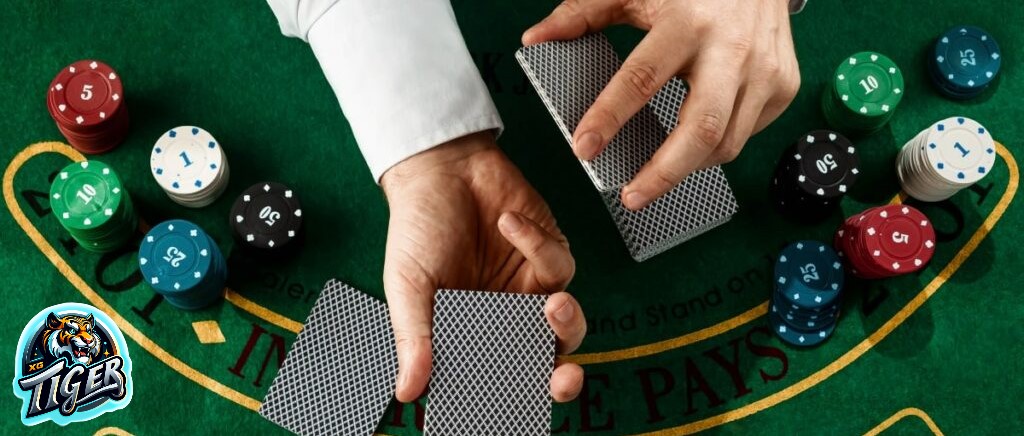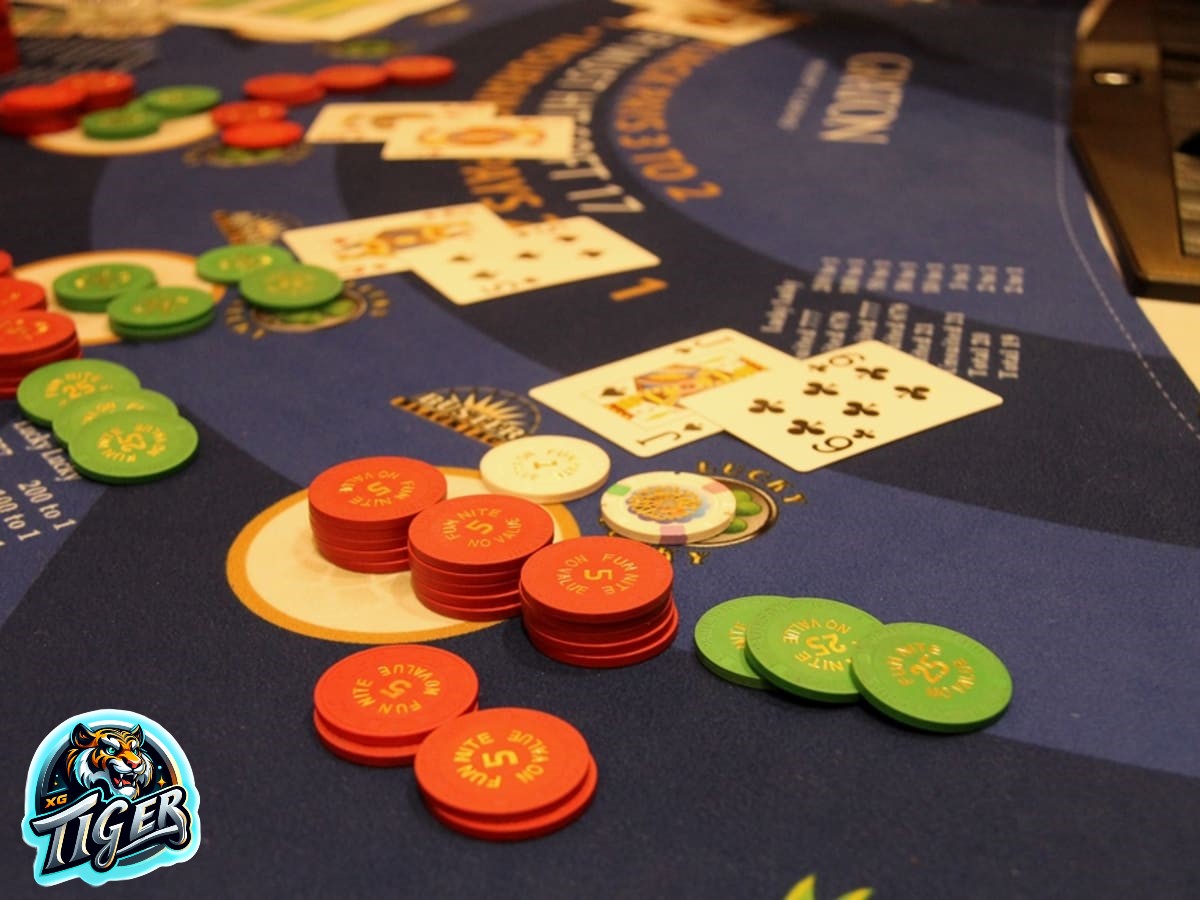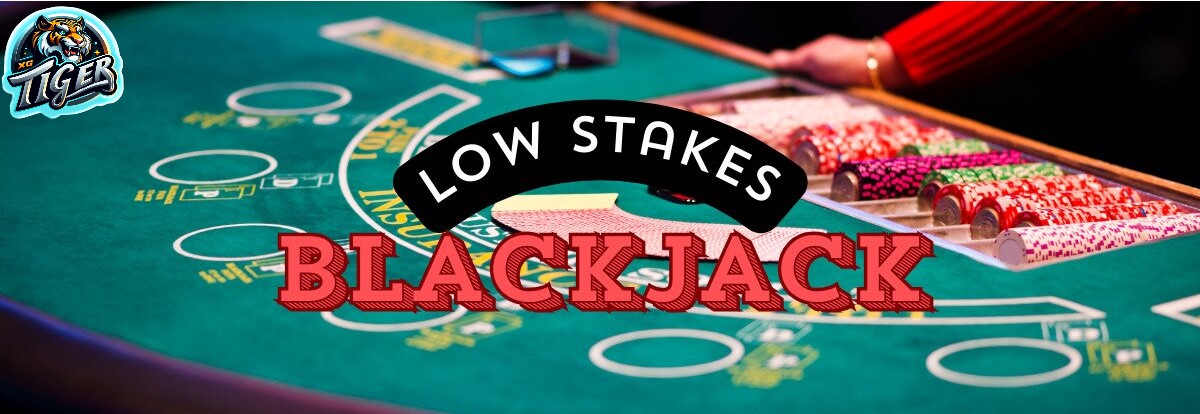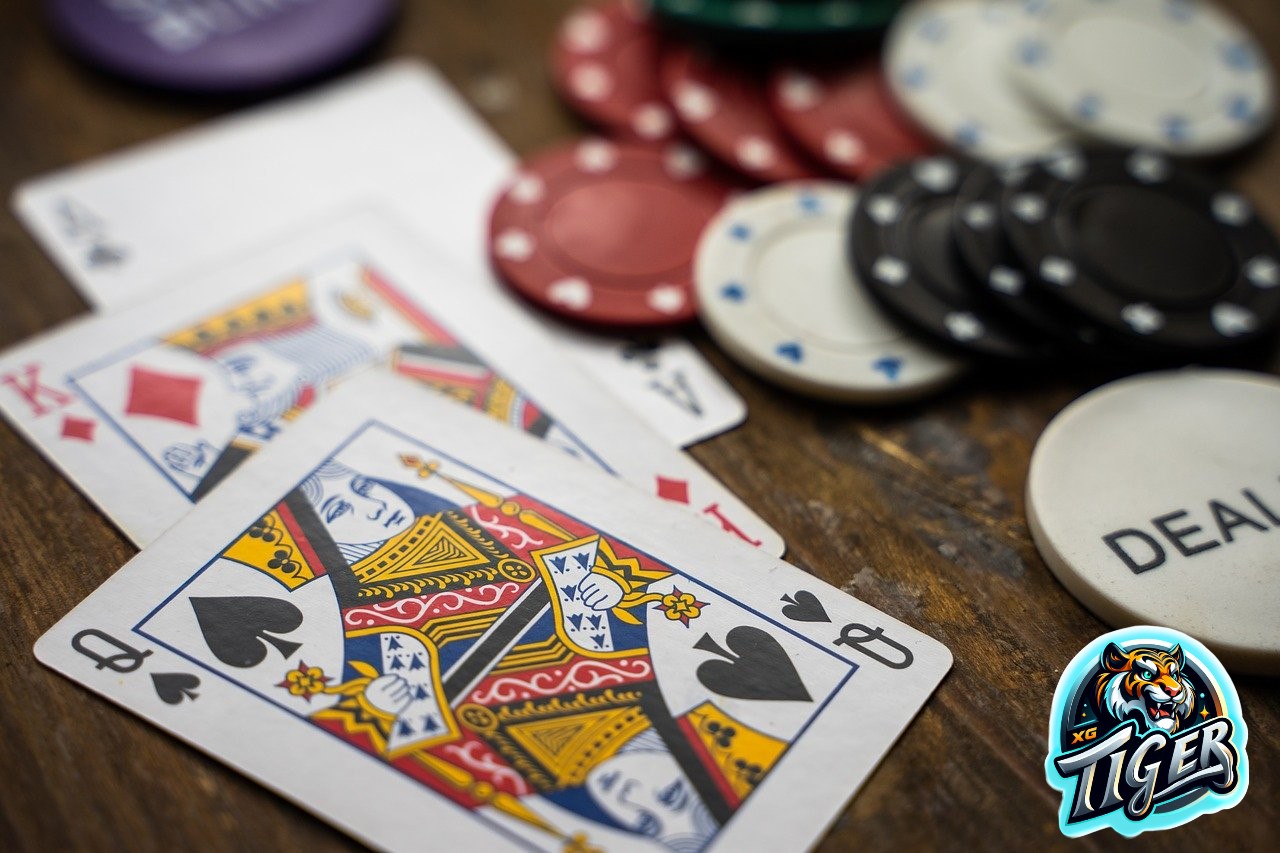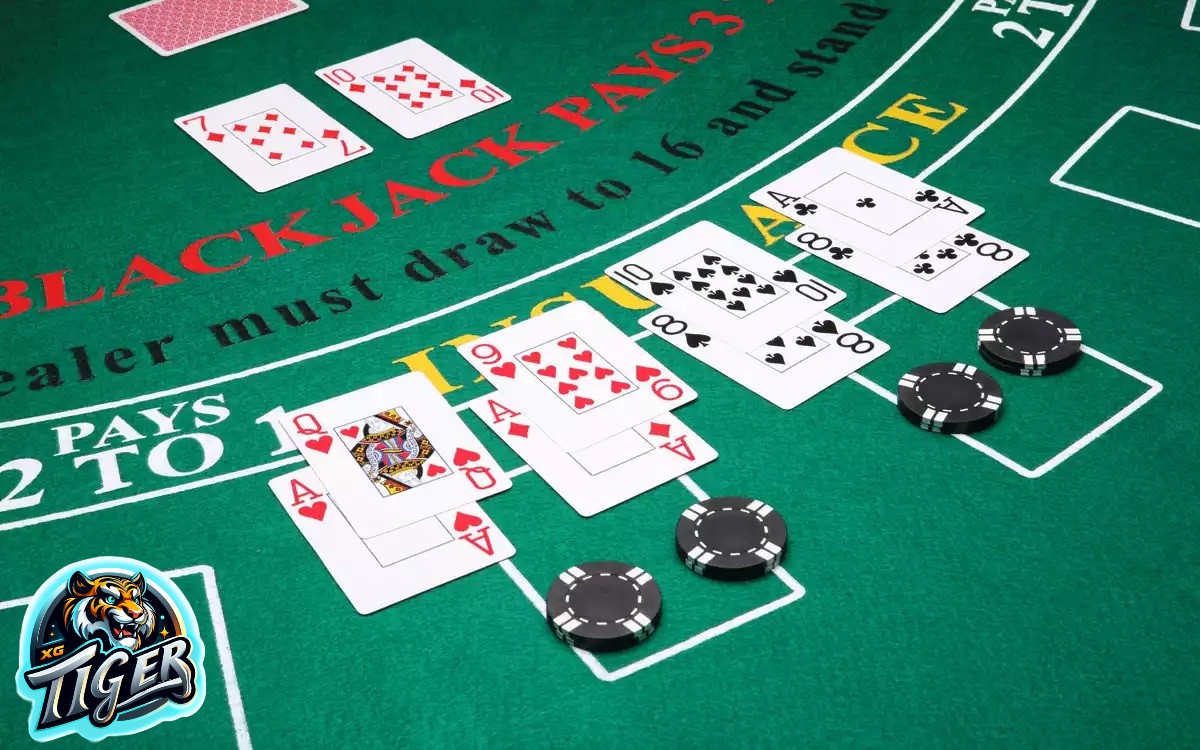Table of Contents
Xgtiger Casino Talk Pocket Sixes!
Middling pairs, like sixes, are solid starting hands that are usually worth playing preflop. But usually, the flop will have at least one overcard.
To help you avoid losing them pre and post flop, I wrote this article to make playing Pocket Sixes easier for you.
Here is what I will discuss:
- How to Play Pocket Sixes Preflop
- 3 Tips for Playing Sixes as a Preflop Raiser
- 3 Tips for Playing Sixes as a Preflop Caller
Let’s dive in!
How to Play Pocket Sixes in Common Preflop Situations
Unopened Jars
Pocket Sixes are in the top 6-7% of all starting hands.
You should always raise with Pocket Sixes pre-flop when the action folds to you, regardless of your position. You should never open-layer them (or any hand for that matter).
Against an Increase
When it comes to playing against the raise in Pocket Sixes, your position is an important factor.
From the Big Blind: Just call against a raise with Pocket Sixes. The pot odds you are given due to your mandatory pot investment are very attractive to call, despite playing out of position with a high stack-to-pot ratio.
From the Small Blind: Cold calling from the Small Blind in cash games is almost always a loss. For this reason, you should only 3-bet from this position.
But if you’re up against an early or middle raising position, 3-betting Pocket Sixes is too loose. So, you should only 3-bet Pocket Sixes from the Small Blind when facing an open from the Cutoff or Button. You can only neglect it against previous positions.
The exception is when you are playing a very soft live cash game and the player in the Big Blind is not aggressive. In this situation, you can take advantage of calling from the Small Blind. Just make sure you’re selective when it comes to calling from the Small Blind — you should still fold if the size of the raise is huge or the Big Blind is a decent player who can squeeze you out of the pot.
From the Button: The Button is a special position because you are guaranteed to be the last player to act after a flop. This fact increases your ability to achieve justice. With this in mind, you are strongly encouraged to have a calling range against other positions. Sixes are the perfect hand to call from the Button because they don’t play well against 4-bets and are too strong to fold.
From the Rest: From other positions, Pocket Sixes are not strong enough to cold-call or 3-bet because the “GTO” open-raising range is too strong. Of course, if you’re up against a loose player, then cold calling or 3-betting are probably your best options.
Again, just be selective when you do this. If the players in the back don’t punish you for cold calling, you can call. Or, if the original raiser is someone you want to target, you can 3-bet.
Against a 3-Bet
When faced with a 3-bet, both your position and your opponent’s position are important.
When you are especially out of position, you should mix between calling and folding Pocket Sixes. That said, if you believe your opponent won’t realize if you’re always doing one or the other, and won’t adjust his strategy either, then go ahead and choose the option that seems better against that player.
If the player is too tight and the 3-bet size is not large, for example, I lean toward always calling with Sixes. This is because you can stack the player when you flop a set against his strong range.
Against a 4-Bet
When faced with a 4-bet, you should sometimes call and sometimes fold with Pocket Sixes depending on which positions are involved in the action.
If you are in position against the 4-bettor, calling becomes more attractive. If you’re in a wide range vs. wide range area (like Small Blind vs. Button), calling or even 5-betting all-in (with a 100bb stack) might make sense. Note that the 5-bet all-in option will only be good against players who 4-bet bluff with decent frequency.
Note: Stop playing preflop guessing games that cost money. Get instant access to extensive preflop charts and lessons (for cash and tournament games) when you join the PNXBET, KingGame, Lucky Cola, Hawkplay Lab training course. Lock your seat!
3 Tips for Pocket Sixes as a Preflop Raiser
Tip #1: If you have an underpair on the flop, go back (in single-raised pots)
Example: You raise the Button with Big Blind calls, and the flop is three overcards.
This is an intuitive action, but it is correct in most situations. You have showdown value, so backchecking is a good option regardless of board texture.
There are some exceptions of course, but in general, this is a good rule to follow.
Tip #2: Always bet if you 3-bet from the Small Blind and the flop has two Broadway cards
Example: The Button raises and you 3-bet from the Small Blind with. The flop came.
The Small Blind 3-bettor will have a wide advantage on any flop with two Broadway cards. You need to capitalize on this advantage by c-betting hyper aggressively for a small size (25-40% of the pot).
You’re essentially turning your sixes into a two-out semi-bluff. You also benefit greatly from equity denial when your opponent folds. Just imagine how nice it would be to fold them with a missed hand like that, still having 6 outs to beat you.
Tip #3: Always play fast when you flop a set
No matter how dry or wet the board is, your flopped set wants to capture your opponent’s entire stack. Start building the pot right away to put yourself in the best position to win as much as possible. No reason to check! Start juicing that pot!
3 Tips for Pocket Sixes in a 3-Bet Pot as a Preflop Caller
Tip #1: If you have a middling pair and a backdoor flush draw, call even with a big bet
Think of a board like after you call a 3-bet from the Button against the Small Blind. Your opponent should bet huge here, like 75% of the pot.
Even if it seems scary (put 13-15 big blinds in a pot with about 20 big blinds with a weak hand), you should call. Your pair can be good, and you can get more outs (a gutshot straight draw) than any 3 or 4. Plus, any spade gives you a flush draw to go with your “set draw”, which makes this is a useful bluff catch on the flop.
Tip #2: In Position, you should almost always return without a set (exception to tip #3)
Example: You raise the Button and call a 3-bet from the Small Blind. The flop comes with 1 or 2 high cards and your opponent checks.
Often, your Pocket Sixes will not get the desired flop (ie, one that contains a six). However, what you get is a lot of flops,
When they check, you have to remember that even though they have a weaker range (they don’t have a lot of nut hands), they will have a lot of hands that can check and call a lot of streets.
Pocket Sixes don’t play well by trying to blow the opponent away with those hands. It doesn’t have enough equity to rely on when it’s called and the fold equity isn’t enough to make it better than checking. Make sure to always come back and try to steer the hand to showdown (or bink 6).
Tip #3: In Position, you should always bet when the board is low
Example: You raise the Button and call a 3-bet from the Small Blind. The flop is 9-high or lower.
Sometimes you get a good board for your range. Low boards (9xx and below) don’t provide much advantage for the Small Blind’s 3-bet range.
In other words, they don’t frequent these flops. This forces them to play more passively, checking a good portion of their overpairs to protect overcard type hands.
That said, the review set, as good as it is, is vulnerable to minor stabbings. You have a very profitable stab at your Pocket Sixes here every single time. Don’t miss it!
The stab becomes more profitable if your opponent doesn’t know that they should sometimes check with overpairs on these flops. So, whether you’re playing low stakes live or online, it’s an absolute money-printer.
Final Thoughts
You’ll be on your way to crushing it with Pocket Sixes with this 5 minute guide. You have everything you need to start these hands better than most of your opponents. Be sure to be consistent and consistently consume the expected amount in each situation.
Let me know which hand you want me to make a quick guide on next in the comment section below!
Here’s a related article you might like: How to Play Middle Pocket Pairs Online After Calling a 3-Bet (6 Tips)
Until next time, good luck, grinders!
Conclusion
Are you an avid gaming fan and want to know how to bet on online casino games? At Xgtiger, you’ll get the latest information on this year’s best casino games and a variety of gaming options, all in one place.
To start your online gambling journey, all you need to do is create an account on the site, deposit funds and you’ll be ready to bet on the best and most anticipated casino games.
Frequently asked questions
Pocket Aces – AA
Pocket aces are by far the most powerful starting hand in the game and one that every poker player loves to look down at. Regardless of the game format you are playing in, the depth of your stack, or the opponents you are up against, it’s always a beautiful thing to look down at a pair of aces.

